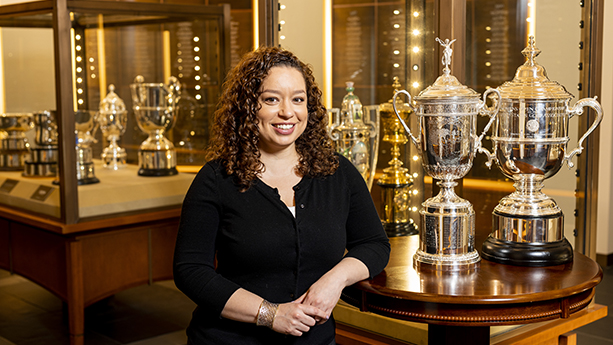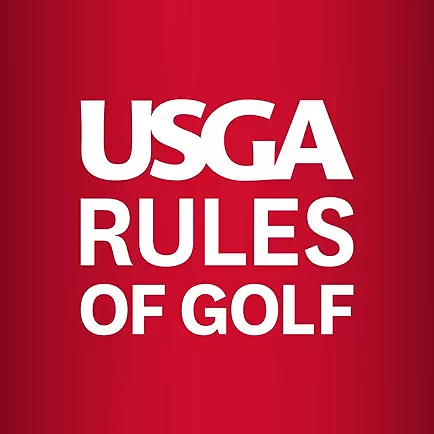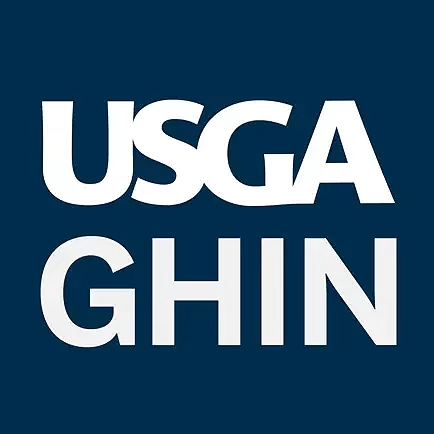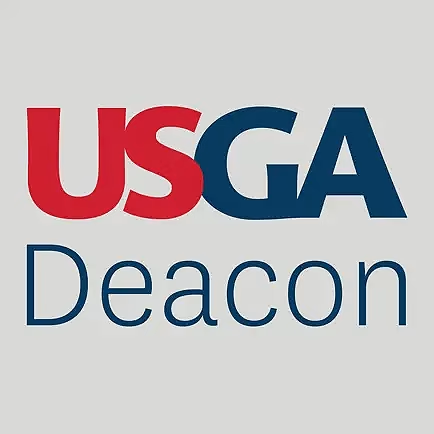 |
Assistant Director, USGA Golf Museum and Library
Rosemary Maravetz is a museum collections management professional with more than 20 years of experience working with diverse collections of art, artifacts, archives and ethnographic objects. She has worked with institutions that hold collections of fine art, Native American art, objects of all kinds related to American history, as well as ephemera.
She has served as Associate Registrar at the Montclair Art Museum, where she had the opportunity to travel as courier for loans to both national and international institutions and help to manage the Museum’s exhibitions program. She was also responsible in part for the care and management of the Museum’s collection of more than 15,000 American and Native American art and objects.
Ms. Maravetz has previously served as Collections Manager and Curator of Collections at the United States Golf Association Museum, where she helped to improve the USGA Golf Museum’s collections care standards and procedures. She went on to manage exhibitions and collections at the Hunterdon Art Museum in Clinton, New Jersey, where she oversaw the care of the Museum’s collection of works on paper and coordinated all the details related to the thirteen exhibitions presented at the Museum each year. Ms. Maravetz has also consulted with museums and organizations on projects to improve their collections management and preservation efforts. In her current role at the USGA Golf Museum, she is responsible for strengthening the world’s premier collection of golf memorabilia and maintaining it at the highest standards. She is also responsible for the overall direction and management of the Museum’s operations.
Ms. Maravetz holds a bachelor’s degree in art history from Rutgers University and a Certificate in Preservation Management from the Rutgers University School of Communication, Information and Library Studies.
Additional Information
I have worked with the collections of the USGA Golf Museum & Library since 2005. I have had full-time, part-time and consulting roles as I have navigated raising my family. I have always been a valued member of this team and am grateful to have been able to continually participate in the Museum’s work and find the balance that I needed with my family over the years.
Although I am not a golfer (yet!), I was drawn to my work at the USGA based on my experience working with Native American objects. In addition to caring for fine art, I love working with objects that were created to serve a purpose that is often utilitarian, the stories they tell and the preservation challenges they present. I have a passion for preserving cultural history and elevating stories of diverse people. I am also incredibly interested in history. These passions allow me to be engaged and connected to a wide range of materials and stories. I have been captivated by the stories in golf, which often transcend the game.
The concepts of caring for and managing collections are easily transferable, which is another thing I love about my work. I learned how to polish silver using best practices from one of the best conservators in the field while learning to polish Native American objects made with silver. I implemented this method for all the silver in the Museum’s collection, including the USGA’s original trophies. As a staff member at the Museum, I have had the opportunity to lend my expertise to golf clubs and allied golf associations to help with the preservation of their collections. It is rewarding to expand our reach and contribute to the preservation of golf history in this way.
As a Latin-American, a woman and an immigrant to the United States, I see the value that my voice brings to the Museum’s mission and to the USGA. I am honored and humbled by the fact that I am entrusted with the care of some of the most unique, irreplaceable objects in human history. While these objects belong to the USGA, they are held in the public trust. The work that I do and the decisions that I make for those objects today will affect their longevity, their condition and their availability to the public for generations to come.














